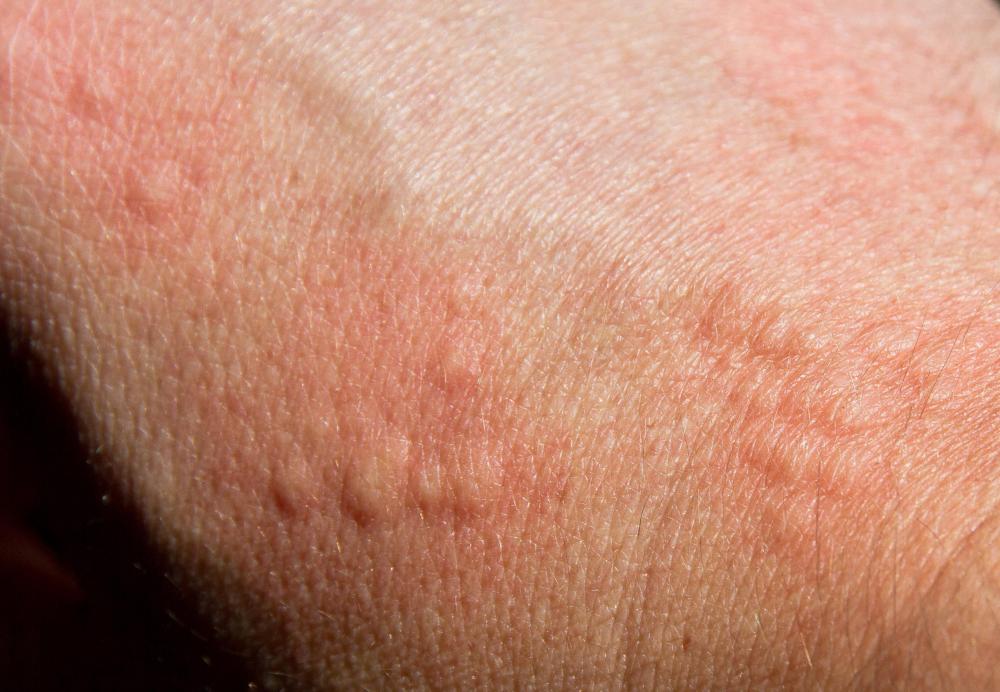At WiseGEEK, we're committed to delivering accurate, trustworthy information. Our expert-authored content is rigorously fact-checked and sourced from credible authorities. Discover how we uphold the highest standards in providing you with reliable knowledge.
What is Gymnocladus?
Gymnocladus is a genus of large trees in the Fabaceae, or legume, family. Species in this genus are native to the eastern and central United States, although they are rarely seen. Practitioners of homeopathic medicine may prescribe Gymnocladus to ease symptoms of cold or flu. The remedy has no known side effects, but as with any such substance, one should exercise caution when self-medicating. Gymnocladus may be purchased as pellets, tincture, dilution, ointment, or as a tea from local health food stores or online.
The three species of Gymocladus usually grow to more than 75 feet (22.8 meters) tall and may have a spread of 40 feet (12 meters) or more. They prefer full sun exposure and grow best in United States Department of Agriculture Hardiness Zones 3-8. This means that the lowest tolerable temperature is -40° Fahrenheit (-39.9° Celsius). In late spring or early summer, it produces white blooms between 3/4 to 1 inch (2-2.54 centimeters) long. The 3-inch (7.6 centimeter) long foliage is dark green during the growing season and turns yellow during the fall.

This endangered tree has average water needs. It prefers to live in moist, rich soil with a pH level between 6.1-7.8, or mildly acidic to mildly alkaline. Gymnocladus species may be propagated by directly sowing seeds outdoors in the fall or spring. Seeds may also be started indoors during the winter.
Homeopathic practitioners may use Gymnocladus preparations to treat symptoms of cold or flu. The accepted profile of a patient who may benefit from Gymnocladus includes someone with a sore throat, swelling of the face, hives, and burning eyes. A patient may also experience a throbbing headache over the eyes, forehead, and temples, as well as a bluish-white coating on the tongue. He may have quite a bit of mucous and a dry, tickling cough. There may be also complaints of tooth sensitivity or a sensation of something crawling on the face.
Seeds produced by trees in this genus are poisonous. As a homeopathic remedy, there are no known side effects and is assumed to be safe, Despite its apparent safety, pregnant or nursing women, children, the elderly, or those with chronic illnesses may want to consult a health care professional before taking this remedy.
Homeopaths typically recommend doses at 3x, 6x, or 12x. This homeopathic remedy may be available at local health food stores or online. It is typically sold as a pellet, water-based liquid dilution, alcohol-based tincture, ointment, or tea
.
AS FEATURED ON:
AS FEATURED ON:











Discuss this Article
Post your comments